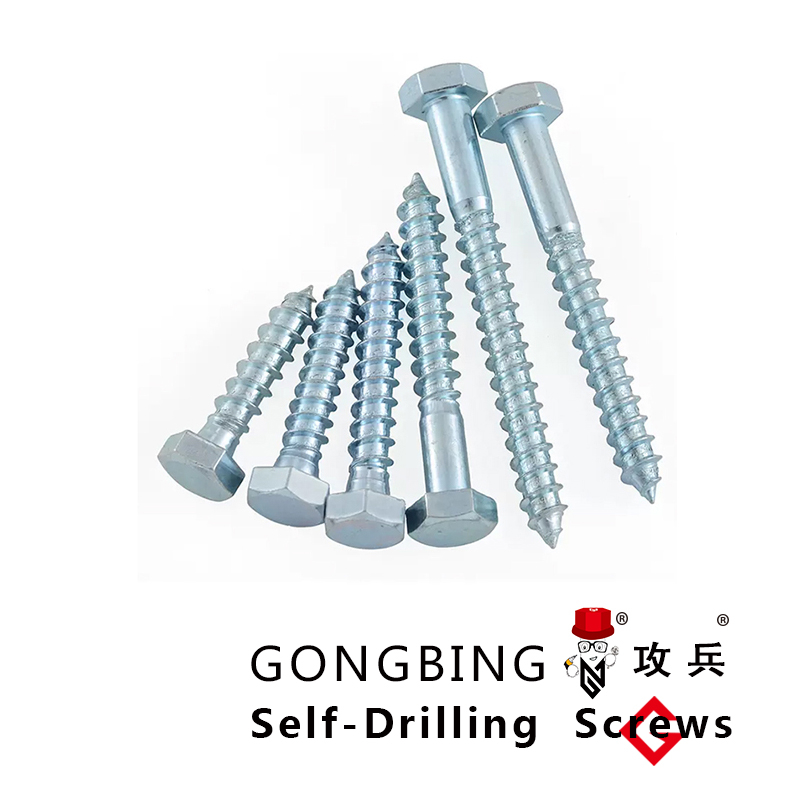19mm shear stud dimensions
Understanding 19mm Shear Stud Dimensions Importance and Applications
In the realm of structural engineering, shear studs play a vital role in ensuring the integrity and durability of composite steel and concrete structures. These connectors are pivotal for transferring loads between the concrete slab and the steel beam, enhancing the overall strength of the assembly. Among various dimensions available for shear studs, the 19mm shear stud has gained popularity due to its specific advantages in engineering applications. This article will delve into the specifications, manufacturing standards, and applications of 19mm shear stud dimensions.
Specifications of 19mm Shear Studs
The term 19mm shear stud refers to the diameter of the shear stud, which is crucial in determining its load-carrying capability and compatibility with different structural systems. The 19mm diameter is a common choice for many engineering designs, offering a balance between strength and ease of installation. Typically constructed from high-strength materials, such as carbon steel with a minimum yield strength of 300 MPa, these shear studs are designed to withstand the shear forces generated during the application of loads.
In addition to the diameter, other dimensions are equally significant. The length of the shear stud varies based on the thickness of the concrete slab and the specific requirements of the project. Standard lengths for 19mm shear studs range from 80mm to 150mm, but custom lengths can be manufactured to meet particular project needs. Additionally, the head of the shear stud, which can be flat or tapered, plays a crucial role in securing the stud in place and preventing pull-out during loading conditions.
Manufacturing Standards
The manufacturing of 19mm shear studs must comply with established standards to ensure quality and performance. One of the most widely referenced standards is the American Welding Society (AWS) D1.1, which outlines the requirements for welding and fabrication processes. This standard ensures that shear studs are produced with appropriate material properties and tested for performance under load-bearing conditions.
19mm shear stud dimensions

Moreover, the British Standard BS 5950 and Eurocode 4 set additional guidelines for the design and use of shear connectors in composite structures. Compliance with these standards is essential for ensuring that the shear studs function effectively within the overall structural system, mitigating risks associated with failure.
Applications of 19mm Shear Studs
The versatility of 19mm shear studs makes them suitable for a variety of construction applications. They are predominantly used in composite construction, where steel beams are topped with a concrete slab, creating a strong and efficient structural unit. This technique is commonly employed in buildings, bridges, and other infrastructures where load management is critical.
In particular, 19mm shear studs are advantageous in high-rise buildings, parking structures, and industrial facilities where strength-to-weight ratios are paramount. The studs provide a robust connection that enables the structure to withstand dynamic loads, such as wind and seismic activity.
Furthermore, the use of 19mm shear studs can streamline the construction process. Their size allows for easier handling and installation, reducing labor costs and construction time. The compatibility of these studs with automated welding equipment enhances efficiency, further promoting their widespread adoption in modern construction practices.
Conclusion
In summary, 19mm shear studs represent an essential component in contemporary structural engineering, providing effective load transfer between steel and concrete elements. Their specific dimensions, compliance with rigorous manufacturing standards, and versatility in application highlight their significance in crafting durable and resilient structures. As the demand for innovative construction techniques continues to grow, the role of 19mm shear studs will likely remain paramount in ensuring the safety and reliability of engineered facilities. Addressing the challenges of load management and structural integrity, these shear connectors are indispensable tools in the engineer's toolkit. By understanding their specifications and applications, engineers can make informed decisions that enhance the performance of their designs, ultimately leading to safer, more efficient buildings and infrastructures.
-
Weatherproof Plastic Expansion Anchors for OutdoorNewsJun.06,2025
-
Sustainability in the Supply Chain: Eco-Friendly TEK Screws ProductionNewsJun.06,2025
-
Load-Bearing Capacity of External Insulation FixingsNewsJun.06,2025
-
Double Head Bolts: Enhancing Efficiency in Industrial MachineryNewsJun.06,2025
-
Corrosion Resistance in Chipboard Screws: Coatings for Wholesale DurabilityNewsJun.06,2025
-
Butterfly Toggle Bolts : Enhancing Structural ResilienceNewsJun.06,2025
